|
You could be forgiven if, like me, you’ve watched war movies over the past fifty years and got the impression that square-jawed, bullet-proof commandos were the only heroes on the battle front. Padres? Well, they were inoffensive chaps who kept well back from the action.
Michael Gladwin’s book ‘Captains of the Soul’ blows that myth to smithereens. His extensive research declares that the weapon-less chaplains were, more often than not, men admired by the troops for their calibre and courage. Photographer George Silk remarked on the toughness of the padres. Of this photograph of a Catholic chaplain conducting mass prior to battle, he wrote, “You could almost see God Himself in the jungle.” Digest this astonishing story Gladwin tells of a chaplain putting his life on the line to bury a young Digger.
1 Comment
It seemed highly unlikely that a boy christened ‘Hyacinth’ would one day become one of the great figures in Australia’s military history. His devout Irish Catholic mother may have admired St Hyacinth as a heroic strategist who spread the Christian message from China to Scotland in the 12th century, but the name Hyacinth Honner predictably caused the quiet lad from Three Springs, 300 km North of Perth, a great deal of grief at boarding school! He swiftly resorted to using his second name, Ralph.
Hefting 180-pound wheat bags on the family farm at Dalwallinu bulked the slight, scholarly boy into an accomplished athlete at the University of Western Australia between 1923-25. In his studies in English and History, Ralph developed a deep affection for two key concepts – chivalry and the epic. These gave shape to his unshakable Catholic ideals and fired a conviction that he should live and die - with absolutely no half measures – by what he believed in. They melded into the steel that became the backbone of Ralph Honner’s career as a soldier. I remember being gripped when I first read Trooper Ion Idriess’ first hand accounts of the Light Horse in the Sinai desert in World War One. You can feel the breath of bullets sheering the emu feathers from his slouch hat as he and his mates galloped away under the rifle fire of the Turks. It was stirring stuff for a young bloke to absorb!
But there were mentions of something intriguing that happened to those young Australians on the long draining rides between battles. The hooves of their horses were kicking up the centuries of dust that covered adventures recorded in the Bible – in a very real sense they felt they were riding with the ghosts of Moses, Joshua and Caleb. The chaplains alongside the men became the storytellers bringing that history to life. Events that had remained locked inside a leather-bound book with gold-edging that belonged in church, suddenly became real. Idriess told a very Australian story that happened when, led by amateur archaeologist Padre Maitland-Woods, the troopers carefully dug up the mosaic floor of an ancient church to ship back to Australia as a prize of war! The padre enthusiastically reported to the Army Records Division they’d also found the bones of a saint and got a request back asking for Trooper A. Saint’s dog tag as they had no record of him! The Shellal mosaic is on display in the War Memorial in Canberra. It contains Jesus’ words ‘I am the True Vine’. I like to think of it as a tribute to the chaplains who brought the life of the True Vine to the young ANZAC’s. Chaplain David Garland was one of them and this is his story. Young men from small towns across the country answered the call to go to war in 1914. Among them was an unlikely group of clergymen. This is the story of how they too became part of the Anzac legend.
https://m.youtube.com/watch?v=bB87O_ic-5o&t=312s |
AuthorJoin The Outback Historian, Paul Roe, on an unforgettable journey into Australia's Past as he follows the footprints of the Master Storyteller and uncovers unknown treasures of the nation. Archives
October 2023
Categories
All
|
|
Sponsored by
|
Privacy Policy
|
|
Copyright 2020 by The Outback Historian
|
Site powered by ABRACADABRA Learning
|

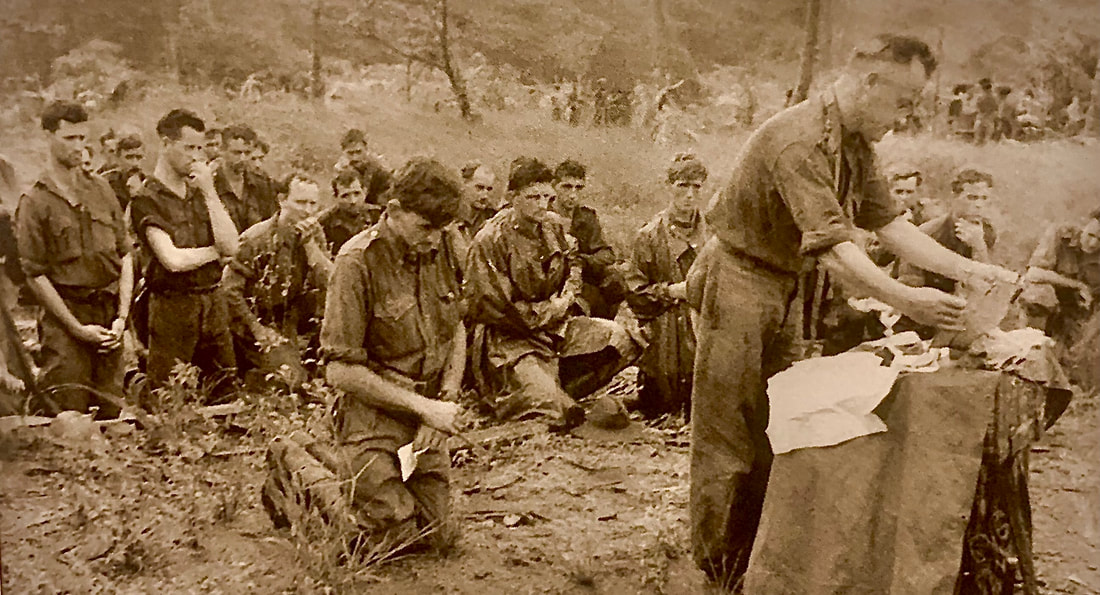
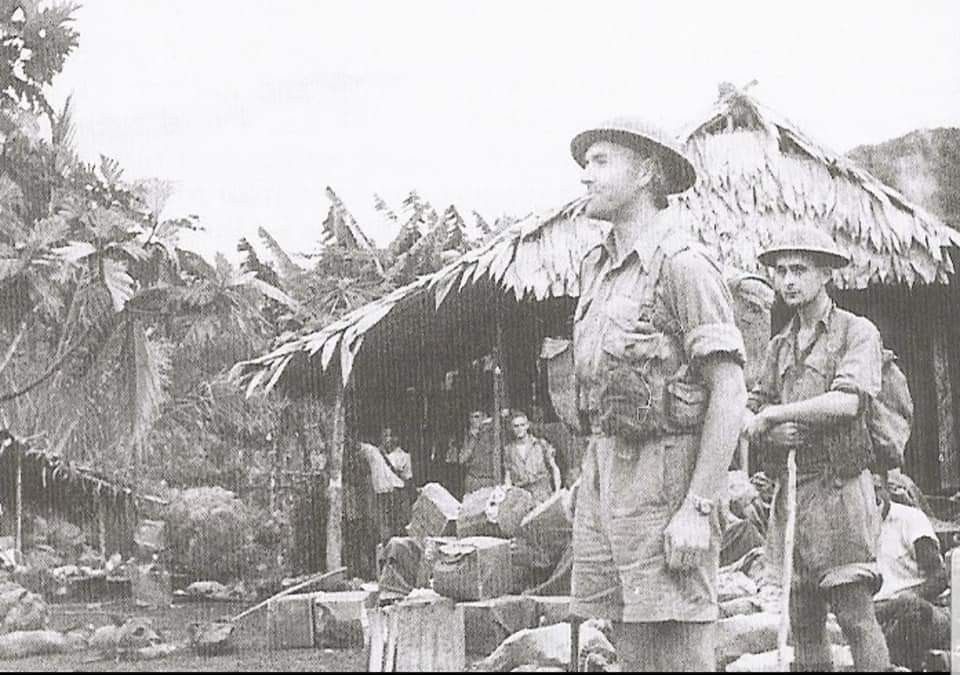
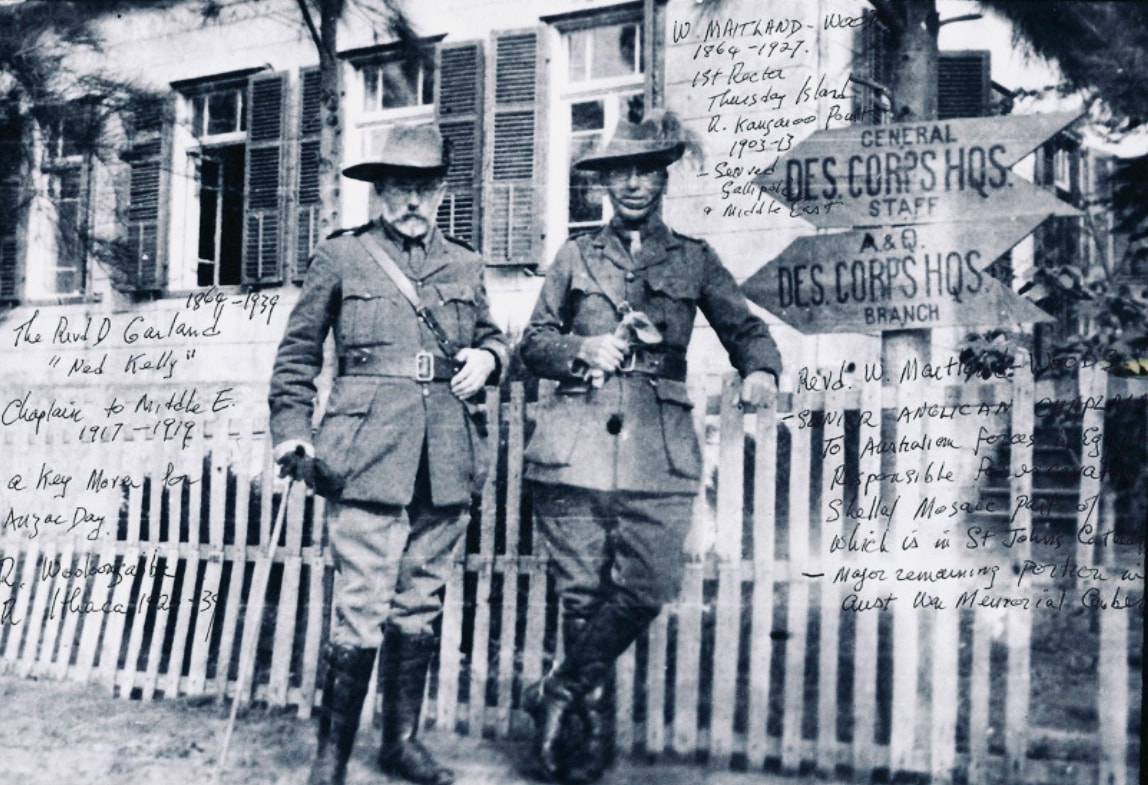
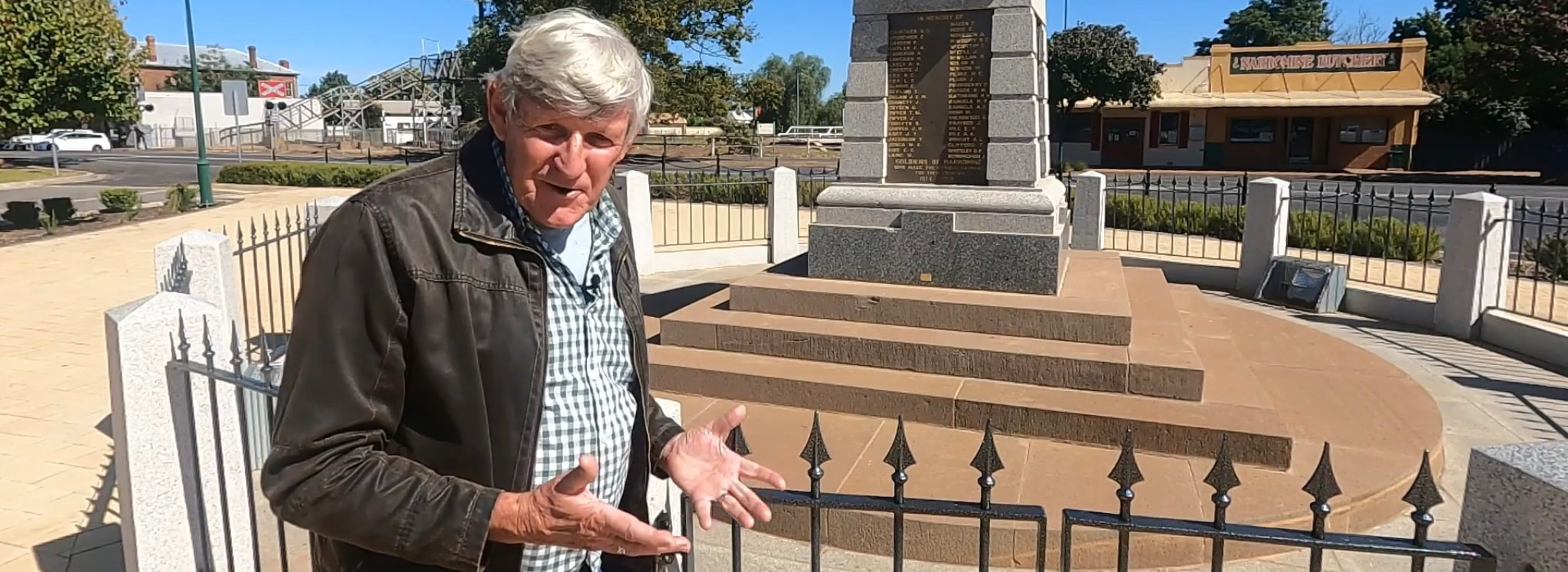
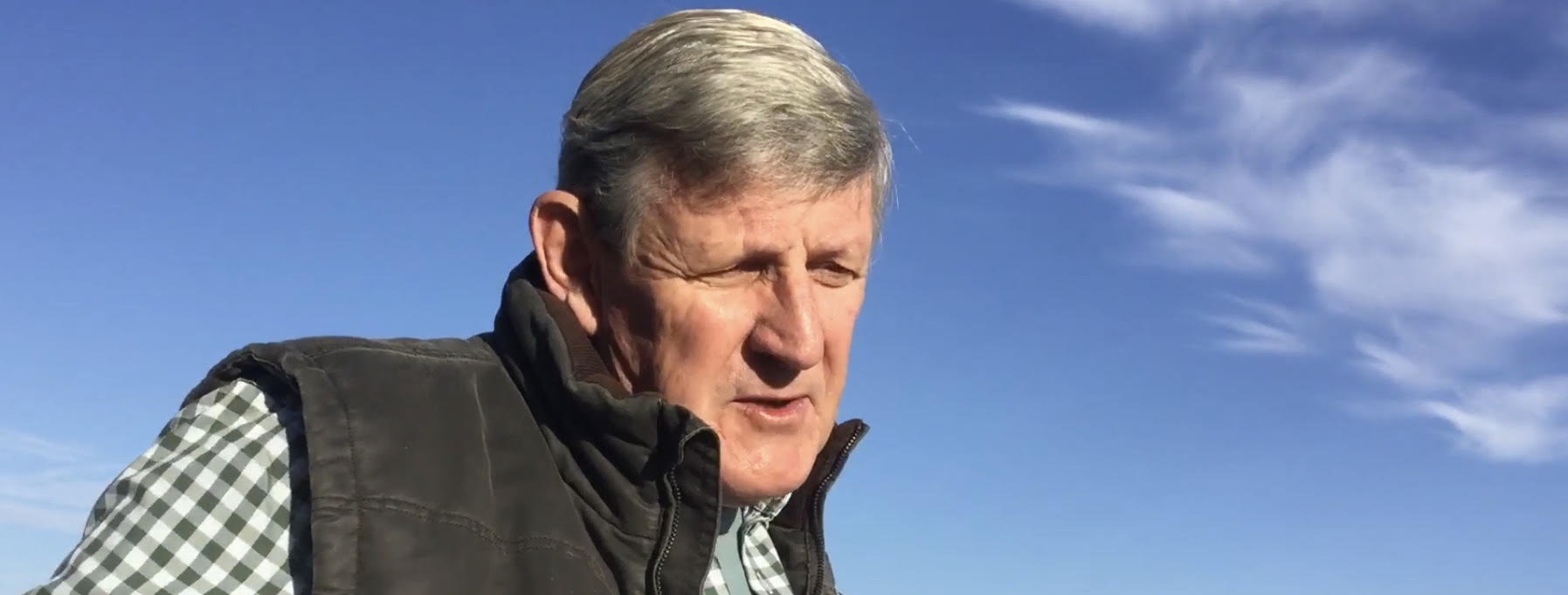
 RSS Feed
RSS Feed

